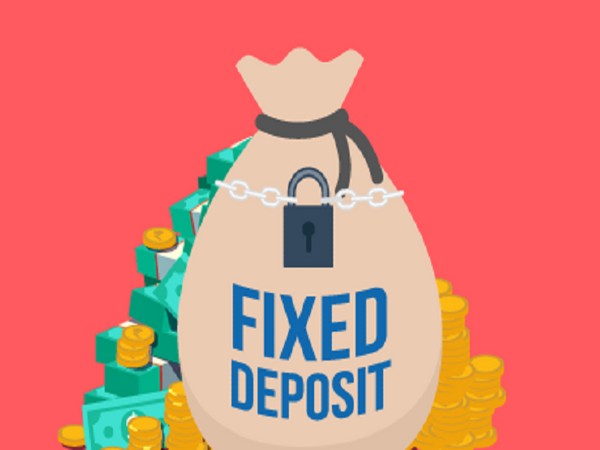4 Risks of Investing In Fixed Deposits
Fixed deposit investments are a great option for individuals who don't want to take any risks with their deposit or principal amount. FD accounts are a good option if you want to keep your money safe over time and interested in getting consistent returns. A fixed deposit is generally a risk-free investment choice as the locked-in interest rate is unaffected by market changes. Fixed deposits, without a doubt, provide a lot of advantages such as laddering, sweep in FDs, and the flexi fixed deposit scheme, all of which can help you to increase your returns. But that's not all; there are certain risks associated with fixed deposit investments, which we'll go through briefly in this article.

Liquidity Risk
Fixed Deposits may be withdrawn at any point of time, and though you may not get the pledged interest, as a result, they are called liquid assets since they may be liquidated at any moment. Bank FDs are simple to liquidate, meaning that you can break your FD before it matures. Unfortunately, a penalty may be imposed, and the amount of the penalty differs from one bank to the next. In the instance of tax-saving FDs, you can withdraw before the 5-year term expires. If we take liquidity risk as an example, customers need to pay a penalty of 0.50 per cent across all maturities for premature withdrawals from SBI FDs up to Rs 5 lakh. The bank has set the penalty for premature withdrawals from SBI fixed deposits of more than Rs 5 lakh but less than Rs 1 crore at 1% for all tenure. On deposits that are kept for less than 7 days, no interest will be provided.

Bank default risk
In case of a bank default, an investor is solely insured by the Deposit Insurance and Credit Guarantee Corporation (DICGC). Savings accounts, fixed deposits (FD), current accounts, recurring deposits (RD), and other deposits are covered by DICGC's insurance. Each depositor at a bank is covered up to a total of Rs 5 lakh for both principal and interest amounts, according to DICGC norms. If you have a fixed deposit in the same bank as a joint holder with your spouse, brother, or children, or if you open an FD as a guardian of a minor, and so on, all of these FDs will be regarded as maintained in a different capacity and right, and each account will be insured up to Rs 5 lakh individually. The DICGC insures all commercial banks in India, including foreign banks, local area banks, and regional rural banks and cooperative banks. The DICGC, on the other hand, does not cover deposits in primary cooperative societies. Furthermore, deposits in any NBFC, HFC, or corporate entity are not covered by DICGC. However, one should keep in mind that if you have deposited Rs 5 lakhs in a fixed deposit, you will only be paid for the principal amount, not the interest earned on the deposits if your bank collapses and if the total amount of the principal and accumulated interest is less than Rs 5 lakh, you would be paid the whole amount.

Inflation Risk
FD returns can often be on par with or even less than inflation, resulting in wealth destruction for the holder. Fixed deposit investors must pay extra attention to their asset allocation under the context of rising inflation and dropping interest rates, especially for those in the highest tax bracket. Even though many people consider volatility to be a concern while investing in mutual funds, inflation must be considered a significant risk when investing in fixed-income securities like fixed deposits. When evaluating returns on your deposit, it's crucial to keep inflation in mind and understand the distinction between estimated returns and real returns. When it comes to fixed deposits, banks' interest rates rarely surpass inflation. Furthermore, when interest income is taxed, fixed deposit returns especially in long-term deposits may go down below the inflation rate. To stay ahead of the interest rate advantage, it is preferable to invest in a short-term fixed deposit. Short-term depositors in lower tax brackets may be unaffected by inflation.

Interest Rate Risk
Bank FDs have the potential of locking you in for a lengthy period of time at a poor rate of return. For a long time, most banks have been reducing their FD rates. If you're a fixed-income investor who relies on interest rate return, you'll have to face hardship if you invested in a 5-year lock-in period. By considering interest rate risk, you will not gain if interest rates rise in the economy since you are locked into the FD at the present rate which is not a good sign for any investor. But if you have a 5% FD and market rates drop by 1%, you will effectively gain since you will be generating more than the market. To mitigate the interest rate risk of a fixed deposit, split your investments into different amounts and invest them for different periods of time. Splitting your deposit will protect you from interest rate swings while also providing you with greater returns.
































